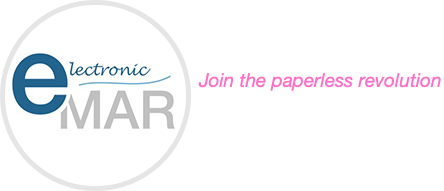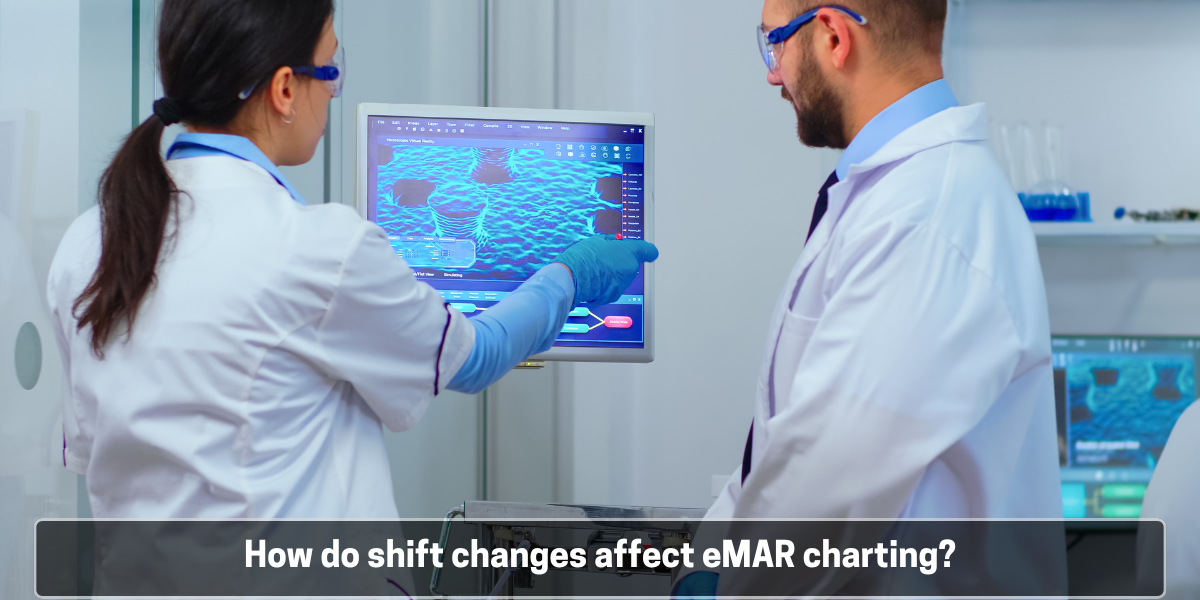Electronic medication administration records (eMAR) have become a key part of modern healthcare. These systems help healthcare staff document and track medication use safely and efficiently. They reduce the risk of human error and support real-time access to patient information. However, even the best systems depend on people using them correctly. When staff change over, details can get missed or delayed. This can lead to errors in medication records, which may affect patient safety. Here, we share how shift changes can influence eMAR charting and what steps can help reduce risks.
How shift handovers affect medication records?
Shift handovers require careful communication between outgoing and incoming healthcare staff. The goal is to transfer key information, such as patient status, pending medications, and recent updates. If this process feels rushed or unclear, vital details can go unshared or misunderstood.
For example, if a nurse ends a shift without recording a medication in the eMAR, the incoming nurse may not realise it has already been given. Even brief interruptions during handovers can lead to gaps in understanding. These moments of uncertainty may not seem critical at the time, but they can influence patient safety in significant ways.
The impact of workload and fatigue
During shift changes, staff often feel pressed for time. Outgoing staff may feel eager to complete tasks quickly before leaving. Incoming staff may feel the pressure of starting fresh while still absorbing details from the handover. Fatigue also plays a role, especially during night shifts or long hours.
When tired or overwhelmed, healthcare staff may delay eMAR updates or overlook minor details. In a fast-paced environment, even well-trained professionals can make errors. These issues do not reflect a lack of commitment but rather the challenges that come with complex routines and high demands.
Gaps in real-time documentation
One of the key strengths of eMAR systems lies in real-time data entry. When medication is administered and recorded straight away, the system reflects accurate information instantly. However, shift changes often interfere with this flow.
Staff may postpone charting to prioritise patient care during a busy transition. Some may rely on memory to update the eMAR later, which can lead to inaccurate times or missed entries. Over time, these habits may create larger patterns of inconsistent documentation.
Delayed entries also reduce the system’s ability to flag missed doses or detect adverse trends. The full benefit of eMAR depends on timely and complete charting, so even small delays can weaken its value.
Strategies to improve eMAR accuracy during shift changes
- Clear role definition
Each team member should understand their responsibilities related to eMAR charting. For example, if one nurse administers a medication, that same person should complete the entry in the system before handing over care. This avoids confusion and limits gaps in accountability.
- Time for documentation
Some hospitals and care homes have introduced protected time near the end of a shift. This short window allows staff to focus on final documentation without new tasks interrupting the process. When eMAR updates receive priority before handovers, records stay accurate and complete.
- Ongoing training and reminders
Regular training sessions reinforce the importance of timely and correct eMAR use. Staff should feel confident with the system and know how to handle common issues. Visual reminders or checklists can also help prompt updates during busy periods.
- Leadership support
Managers and senior staff play a vital role in setting the tone for documentation. When leaders model good habits and provide space for proper handovers, others follow suit. Staff who feel supported are more likely to follow best practices, even under pressure.
While eMAR systems offer many safeguards, they cannot replace the need for sound judgement and communication. Each shift brings fresh eyes and new energy to patient care. However, the transfer of responsibility must come with a clear handover of information.







